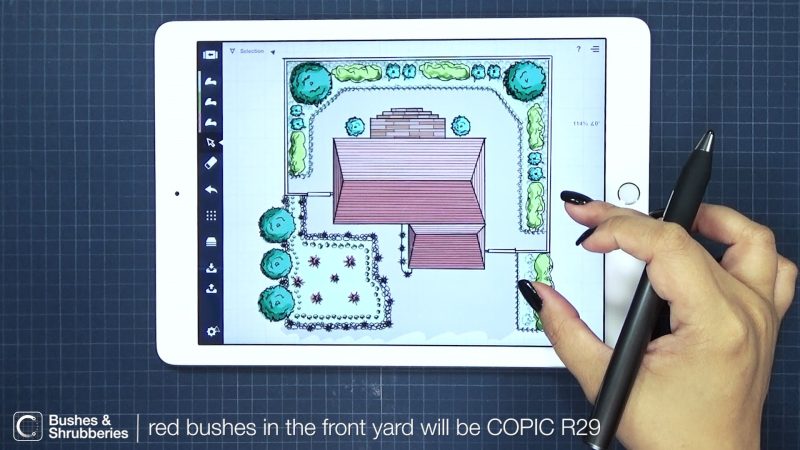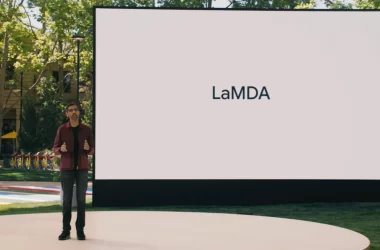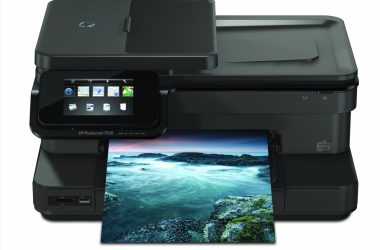Laser Lighting and Visual Light Communication (VLC) together can create a powerhouse of opportunities
Shuji Nakamura, who won the Nobel Prize for inventing the blue LED, and has emphasized the crucial role VLC Technology will play as a key role in advancing our planet both technologically as well as ecologically.
With the creation of cutting new technologies, the advancement of LED lighting has become a critical key to the advancement to power up our future. Â
Dr. Nakamura stated that LED has now reached a âstage of maturity’ where manufacturers are able to produce new target segments to commercialize advance connected Visual Light Connected (VLC) platforms both in harnessing Smart City platforms while advancing both digital, information and media platforms like the world has never seen before.
Nakamura named VLC and laser lighting as two crucial areas the LED industry needs to concentrate on in order to further their businesses successfully.
The Nobel Prize Laureate in Physics in 2014 for âdeveloping the manufacturing technology of the blue LED and fostering the emergence of bright, power-saving white LED.’ stated that he has been amazed at the speed that advancements have been made in the past decade with respects to LED technology.
Researchers have moved in applications of light laser technology in Taipei using LEDs to separate malignant cancer cells from normal cells using intense light.
Nakamura has been dedicating his time to developing advanced laser lighting, with the hopes, that it will be more effective than LED lighting.
Advanced vehicle headlights with new generation laser lighting can reach out to has 700 meters of projection as compared to the 400 meters presently available by LEDs.
Researchers have discovered ways how new laser-based systems can be more effective than humans driving. This is by efficiently produce images of objects that are hidden around a corner â a development they say could allow autonomous vehicles to see obstacles before they come into the line of sight.
‘There is this preconceived notion that you can’t image objects that aren’t already directly visible to the camera â and we have found ways to get around these types of limiting situations,’said Dr Matthew O’Toole, a coauthor of the research from Stanford University.
The approach builds on technologies such as Lidar, a tool used in archaeological mapping that involves sending laser pulses towards a surface and measuring the time it takes for light to be reflected. This data is then used by scientists to build a three-dimensional model of the surface.
Automated vehicles require the ability to predict or detect what is happening ahead. This not only accounts for what is happening ahead in your own lane but also in the surroundings around you such as like pedestrian paths, or unexpected situations such as objects such as animals.
Still speed plays a vital role in the running of this equation whereas, Nakamura predicted if VLC and laser lighting combined, then the VLC technology would be able to transfer data at speeds up to even 200x hundred times faster than current Wi-Fi capabilities currently being used. Â Currently, LEDs still provide the advancement need with cost-effectiveness over lasers which are currently as much as 10X higher.
One of the technologies that are currently being explored with strong optimism for commercial applications is LUXORR VLC technology which will be used as a Next-Generation platform for connectivity to power future self-driving autonomous vehicles as well as LEDs that will apply intelligence to traffic lights, roads and infrastructure for Smart Cities.









